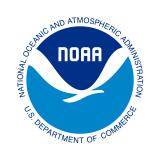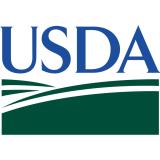Southwest Drought Briefing: September 16, 2021
The most recent United States Drought Monitor indicates that nearly all of the Southwest is experiencing some level of drought. Recent monsoonal rain has improved drought conditions, but extreme and exceptional drought persists for much of the region. This short drought briefing focused on drought conditions for Arizona, Colorado, New Mexico, Utah, and Nevada, followed by the seasonal climate outlooks and an overview of forecast products from the Climate Prediction Center.
For more information, please contact Joel Lisonbee (joel.lisonbee@noaa.gov).





